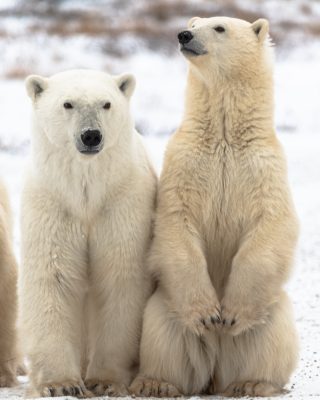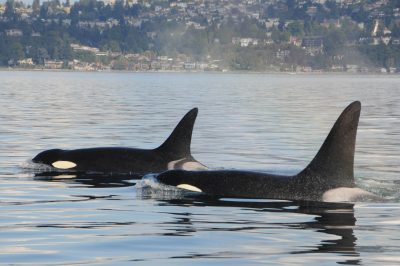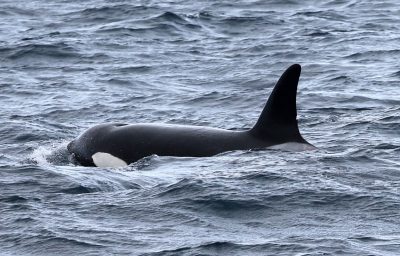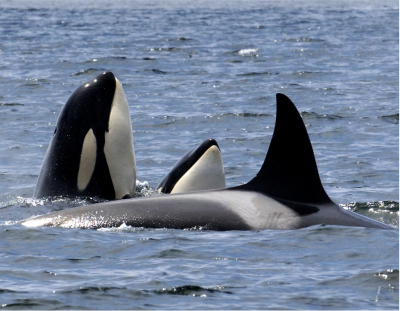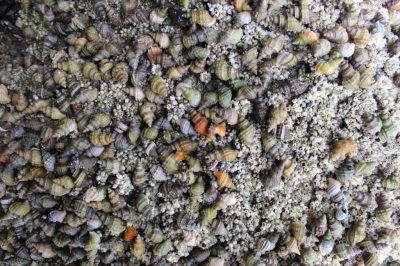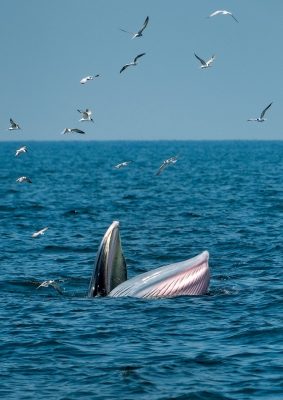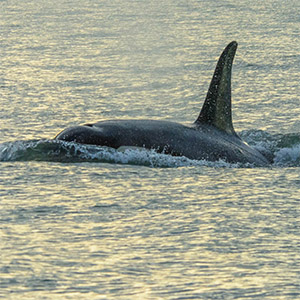Increasing temperatures and salinity result in decreased ecosystem diversity, UBC study finds.
Ecosystems can be impacted and changed by a lot of different things, including human activities, stormwater runoff, contaminants, invasive species, and climate change
Killer whales breathe just once between dives, study confirms
A new study has confirmed a long-held assumption: that orcas take just one breath between dives.
What could be impacting the food source of Southern Resident killer whales?
There are currently 74 Southern Resident killer whales, and this population is listed as endangered in both Canada and the U.S. The species relies on Pacific salmon (Chinook and coho) for food, however these salmon populations have been decreasing for decades.
Entanglements of humpback whales in fish farms rare – and naivety could be to blame
Researchers at UBC’s Institute for the Oceans and Fisheries conducted the first study of humpback whale entanglements in B.C. aquaculture facilities.
Shark-bitten orcas in the Northeastern Pacific could be a new population of killer whale
UBC researchers believe a group of killer whales observed hunting marine mammals including sperm whales, as well as a sea turtle, in the open ocean off California and Oregon could be a new population.
Toxic chemicals found in oil spills and wildfire smoke detected in killer whales
Toxic chemicals produced from oil emissions and wildfire smoke have been found in muscle and liver samples from Southern Resident killer whales and Bigg’s killer whales.
Your local sea snail might not make it in warmer oceans – but oysters will
The frilled dog winkle may sound like a complex knot for a tie, but this local sea snail holds clues to our warmer future, including a dire outlook for species that can’t move, adapt, or acclimate as fast as their environment heats up.
Illustrated catalogue with local artwork showcases the Transient Killer Whales of Central and Northern California and Oregon – the ‘wolves of the sea’
Science is not just for scientists. Citizen science has been instrumental in helping us understand more about the elusive, but majestic, transient killer whales.
Teenage orcas could be roughhousing with boats off the coast of Spain
Killer whales are in the news for sinking boats off the coast of Spain.
